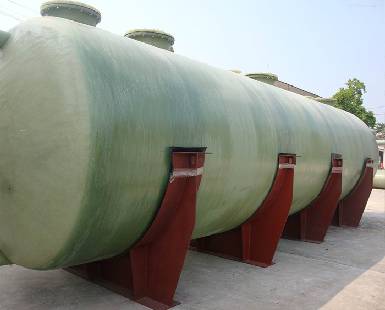Now that we have covered what fiberglass reinforced plastic is and how fiberglass reinforced plastic is fabricated, we’ve come to one of the questions we most often get asked, “What are the advantages of Fiberglass Reinforced Plastic?”
Perhaps the prime reason for using Fiber-Glass-Reinforced Plastics (FRP) is because of their inherent corrosion resistance. In many cases, they are the only materials that will handle a given service environment; and in other cases, their corrosion resistance is combined with their economy to make them the most economical acceptable solution. Corrosion resistance of FRP is a function of both the resin content and the specific resin used in the laminate. Generally speaking, the higher the resin content, the more corrosion resistant the laminate.
Another very distinct advantage of FRP is its low weight-to-strength ratio. As a rule of thumb, for the same strength, FRP will weigh approximately one seventh as much as steel, and half as much as aluminum.
Lightweight properties are important when considering the cost and ease of installation, especially for pipe and tanks. FRP’s inherent lightweight is an advantage when equipment must be mounted on existing structures, such as scrubbers on mezzanines or rooftops, and for specialty applications such as FRP tank trailers.

Fiberglass
While not as important for corrosion-resistant equipment, high strength does play a major role in the design of FRP equipment for such applications as missiles, pultruded shapes, etc. For filament wound pipe and duct, the high strength gives the lightweight features discussed earlier.
Often, a major advantage of FRP is its lower cost. When comparing materials for corrosion service, rubber lining, titanium, Monel, Hastelloy, Carpenter 20, and the exotic stainless materials are very frequently alternatives to FRP. In these cases, FRP may offer both a satisfactory solution to corrosion problems and the lowest cost. There is no rule of thumb for comparing costs of FRP with other materials. These costs depend upon the application, the design considerations, the pressures (or vacuums) involved, the product configurations, and raw material cost and availability.
Too many people overlook the versatility of FRP. It is best for many applications because you can do things with it that cannot be done economically with other materials. You can mold almost any configuration, or piece of equipment, for which you can build a temporary or permanent mold. For ductwork, for example, you can make all types of elbows, rectangular to circular transitions, Tee inlets, and flanges all in a wide proliferation of round and rectangular sizes and shapes at minimal tooling cost. It is also possible to use FRP to line existing structures
Previous: What is FRP?